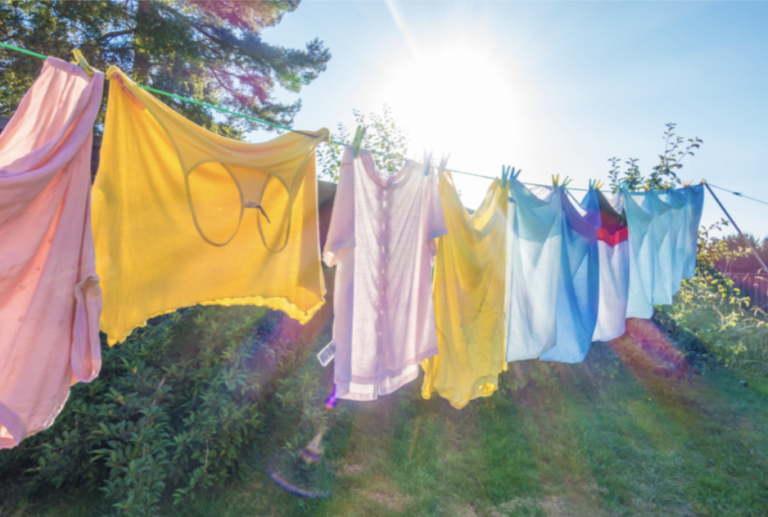In a world where fast fashion dominates, the importance of sustainable fabrics cannot be overstated. Beyond being eco-friendly, these fabrics offer myriad benefits for your health and well-being. Let’s dive into the impact of conventional fabrics on your health, explore the advantages of opting for sustainable alternatives, and provide practical tips for incorporating them into your lifestyle.
Understanding the Impact of Conventional Fabrics on Health
When you think about the journey of a piece of clothing, from cotton field to store shelf, it’s easy to overlook the chemicals involved in its production. Conventional fabrics like polyester, nylon, and non-organic cotton are often treated with harmful chemicals such as pesticides, insecticides, and dyes. These chemicals can linger in the fabric, posing health risks to those who wear them. The consequences of prolonged exposure to these chemicals can be significant, ranging from skin irritation to respiratory issues.
Benefits of Choosing Sustainable Fabrics
So, why should you consider sustainable fabrics? For starters, they offer a safer alternative to conventional options. By opting for organic cotton, hemp, bamboo, or recycled polyester, you can significantly reduce your exposure to harmful chemicals. This is particularly beneficial for individuals with sensitive skin or allergies, as sustainable fabrics are less likely to cause irritation or allergic reactions. For example, head to www.luxeire.com and read about how high-quality clothing is made. This includes using eco-friendly Italian technical fabrics that look and feel good.
Tips for Incorporating Sustainable Fabrics into Your Lifestyle
Ready to make the switch to sustainable fabrics? Here are some practical tips to help you get started. When shopping for clothing, look for certifications such as GOTS (Global Organic Textile Standard) or OEKO-TEX Standard 100, which ensure that the fabric meets strict environmental and social criteria. You can also explore DIY projects and upcycling ideas to give old clothing a new lease on life. And finally, don’t forget to support brands prioritizing sustainability and ethical production practices.
How to Clean Sustainable Fabrics
If you’ve recently had a wardrobe overhaul and switched to sustainable fabrics, you’ll want to do everything possible to take care of them. Sometimes, this can mean changing how you wash your clothing. You want to ensure you use the proper technique so you don’t damage the fabrics, fade the colors or shrink the material. Here are some tips that can help you with cleaning.
Machine Wash on a Gentle Cycle
If you’re worried about delicate fabrics, the best strategy is to hand wash the item of clothing. This will give you peace of mind, knowing that you can be as gentle as possible and control the heat of the water. However, with most sustainable fabrics, the manufacturers want to make it easy for customers. They ensure you can wash the clothing in the machine. Just ensure this is on a gentle cycle.
Use Simple Washing Products
It doesn’t matter whether you handwash or use the machine; always choose simple washing products that don’t contain too many chemicals. You don’t want to strip the fabric of its color or change its texture. Look for washing products that state they’re gentle, and look at the ingredients list for yourself.
Dry on the Line
It’s best to dry any sustainable fabrics outside on the line. This allows the breeze and warm temperatures to dry the clothing naturally. Moreover, clothing always has a lovely scent when it’s out in the fresh air. If the weather doesn’t permit you to get your washing outside, you can use a dryer at a low temperature. Anything too high in heat can shrink the fabrics and adapt the texture.
Be Careful With the Iron
If you wear a sustainable blouse to work, you’ll likely want to remove any wrinkles before heading to the office. Most of the time, you can use an iron. However, you must be very careful and avoid high temperatures. Using a synthetic setting and choosing the most excellent temperature possible is best. This will avoid burning the fabric and damaging it permanently. It might be best to invest in a steamer, which isn’t going to come into direct contact with the fabric.
Conclusion
By choosing sustainable fabrics, you’re not just making a fashion statement but investing in your and the planet’s health. The benefits are clear, from reducing chemical exposure to supporting eco-friendly production methods. So, the next time you’re in the market for new clothing, consider opting for sustainable options. Your body and the environment will thank you for it.

